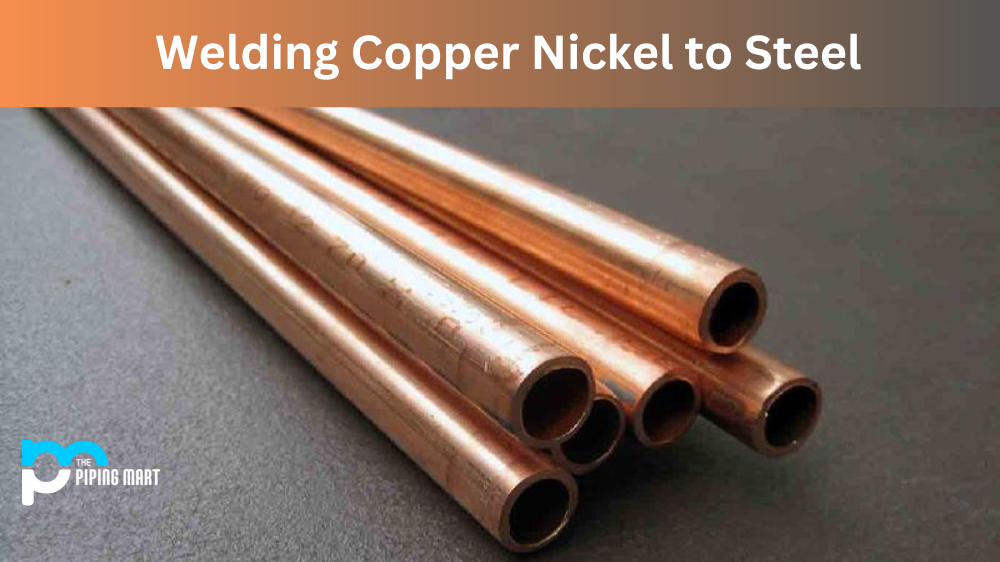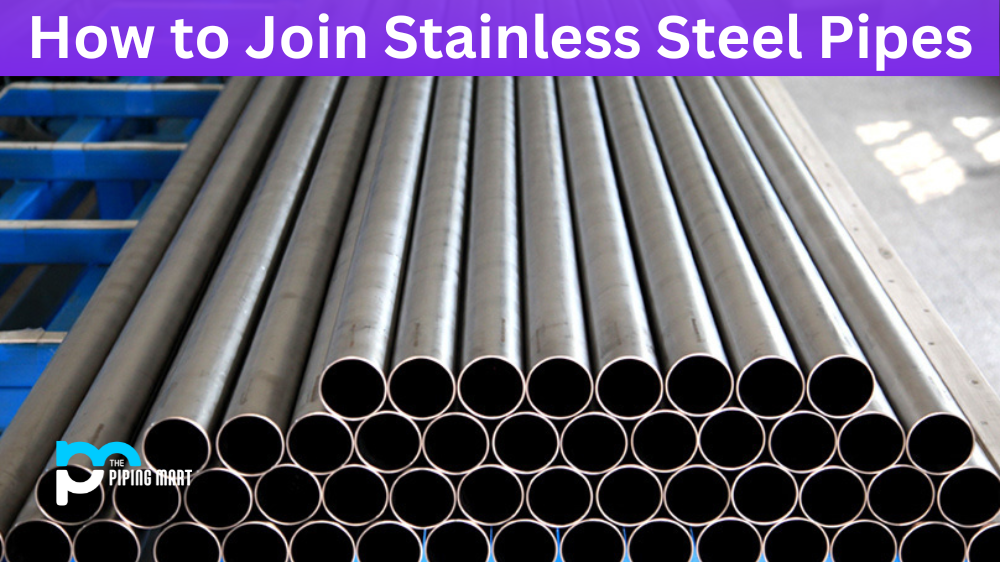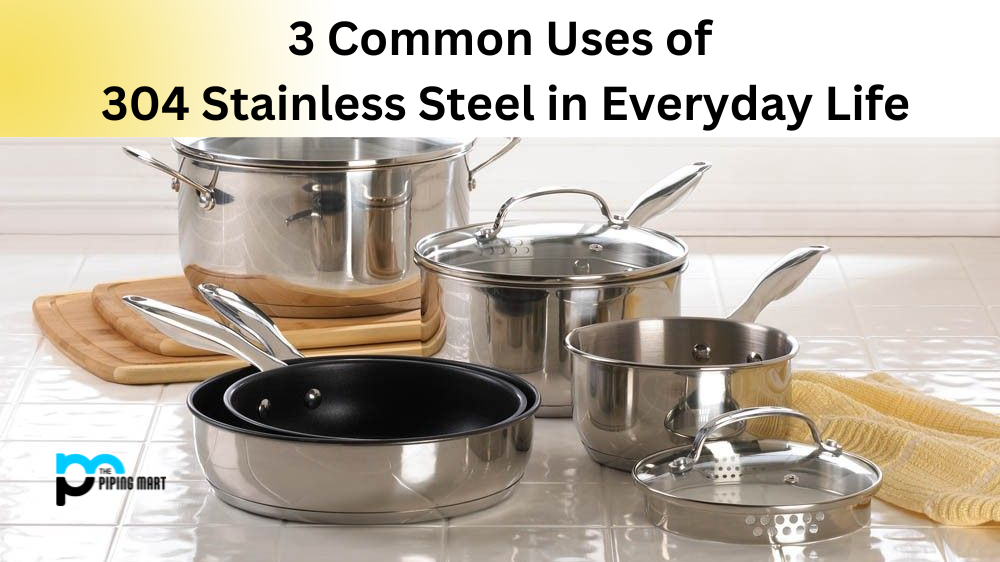Welding different metals together can be a tricky process. Knowing how to join copper-nickel to steel properly is key for any welder who wants consistent, successful welds. In this blog post, we’ll explore the basics of welding copper-nickel to steel and discuss what you need to know before you start.
Welding Processes
The two most common welding processes used when joining copper-nickel to steel are gas-metal arc welding (GMAW) and shielded metal arc welding (SMAW). GMAW is the preferred method due to its fast speed and the ability to use a wide range of shielding gases. However, the SMAW method is still used in some instances due to its portability and cost-effectiveness.
Autogenous Welding
Autogenous welding is a process that does not require using any filler material. The weld is created by heating the two pieces of metal to be joined until they reach a molten state and then allowing them to cool and solidify. This type of welding is typically used for joining thin pieces of metal, as there is no risk of the filler material contaminating the weld.
Oxy-Fuel Welding
Oxy-fuel welding is a process that uses a flame that burns a fuel gas, such as acetylene, in an oxygen stream. The flame is used to heat the two pieces of metal to be joined until they reach a molten state. This type of welding is typically used for joining thicker metal pieces, as the flame’s heat is more concentrated than in autogenous welding.
Plasma Welding
Plasma welding is a welding process that uses a plasma torch to create an arc between the two pieces of metal to be joined. The arc heats the metal, melting it and allowing it to flow together. This type of welding is typically used for joining thin pieces of metal, as it produces a very clean weld with minimal distortion.
Resistance Welding
Resistance welding is a welding process that uses electrical resistance to generate heat between the two pieces of metal to be joined. The heat melts the metal, allowing it to flow together and form a weld. This type of welding is typically used for joining sheet metal or wire mesh, as it produces strong welds with minimal distortion.
Laser Welding
Laser welding is a welding process that uses a laser beam to create an intense heat between the two pieces of metal to be joined. The heat melts the metal, allowing it to flow together and form a weld. This type of welding is typically used for joining thin pieces of metal, as it produces very precise welds with minimal distortion.
Materials Selection
When it comes time to select materials for your welding project, keep a few things in mind. First, make sure that copper, nickel, and steel have similar properties in terms of strength and ductility. This will help ensure that the joint created from welding them together will be strong enough for whatever application it’s intended for. Additionally, consider any environmental factors, such as corrosion or fatigue, that could affect the longevity of the welded joint.
Preparation Work
Before you can begin welding copper-nickel with steel, a few preparation steps must be taken first. Both surfaces must be clean before starting so that any dirt or debris doesn’t contaminate the weld pool during the process. Additionally, it’s necessary to carefully check each piece of metal for cracks or other flaws that could cause problems down the line.
Conclusion:
Properly joining copper-nickel with steel requires careful planning and execution on behalf of the welder. By taking the time upfront to select quality materials, prepare appropriately for welding, and become familiar with different techniques such as GMAW or SMAW, welders can ensure that their welds are solid and durable enough for their specific application needs. With these tips in mind, anyone can become an expert at joining copper-nickel with steel!

Pipingmart is a B2B portal that specializes in metal, industrial and piping items. Additionally, we share the latest information and information about materials, products and various types of grades to assist businesses that are involved in this business.




